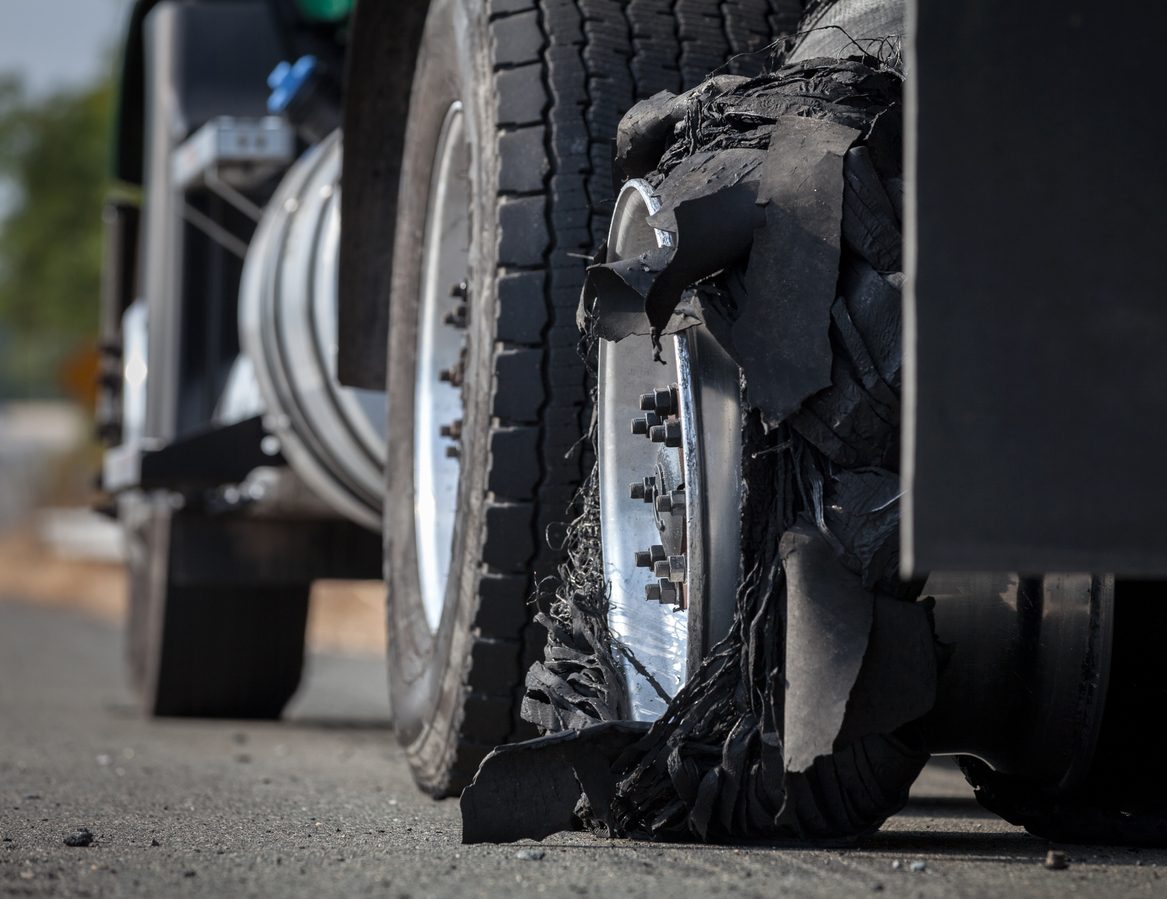
Whenever you have to pay for a big-ticket item, your first thought is usually – does it fit in my budget? It’s a good question, and one that you should absolutely ask. But how do you figure out what that budget is, especially when it comes to new tires?
You may do some initial research, calling shops or going online. But there’s a lot more to it than that. In order to come up with an accurate and realistic budget, you have to know what you’re actually shopping for. This is where it gets tricky. Why?
Because every tire size has a unique market, your budget will depend on where the product you need falls into the size’s price range. How do you know those price ranges, and how do you know where the tires you need, and the quality you want, fall within the stated price range? First, you could check out the latest Nationwide Average Retail Tire Prices. This will point you in the right direction.
Do Your Research
The research phase is very important. It will let you know what kind of tires are out there for your make and model, and how much they cost. Don’t just look at a couple places. Read blogs, see what the experts say, and check national retailers. Look up the exact size tire you need (you’ll find this on the tire’s sidewall).
Adjust Your Budget
You may have a general budget for car maintenance and repairs. This is a good thing, but budgets are meant to be adjusted. If you haven’t purchased tires in a while and you’re almost due, you’ll want to beef up the line item you have designated for tires—at least for this year.
Don’t be tempted to push this line item out, thinking your tires will be fine. According to Car and Driver, most tires should be inspected or replaced after six years and changed completely after 10 years. If you go longer than the recommended lifespan, you risk blowouts due to the excessive wear on the treads.
Another fun fact: the average person drives between 14,000 and 15,000 miles per year, so if you don’t run your car too harshly, most new tires available today will last 60,000 miles.
After you add new tires, you can reduce that line item for a while until you know you will need them again.
Consider Performance and Price
When budgeting for new tires, consider performance as well as price. Don’t choose a different type of tire than what’s recommended just to save some money.
In general, the cost of replacement tires will depend heavily on the vehicle they are designed for. According to Consumer Reports, tires cost about $167 each, and this cost tends to rise each year. Installation costs range from $22 to $24 per tire.
The final price you pay will vary quite a bit with size, performance, retailer and speed rating. Price doesn’t necessarily indicate quality, so again, doing your homework is key before creating a tire budget.
Contact I&I Tires
If you need help finding the right tire size in your budget, call us today at 470-231-2311 or 678-403-8029.
